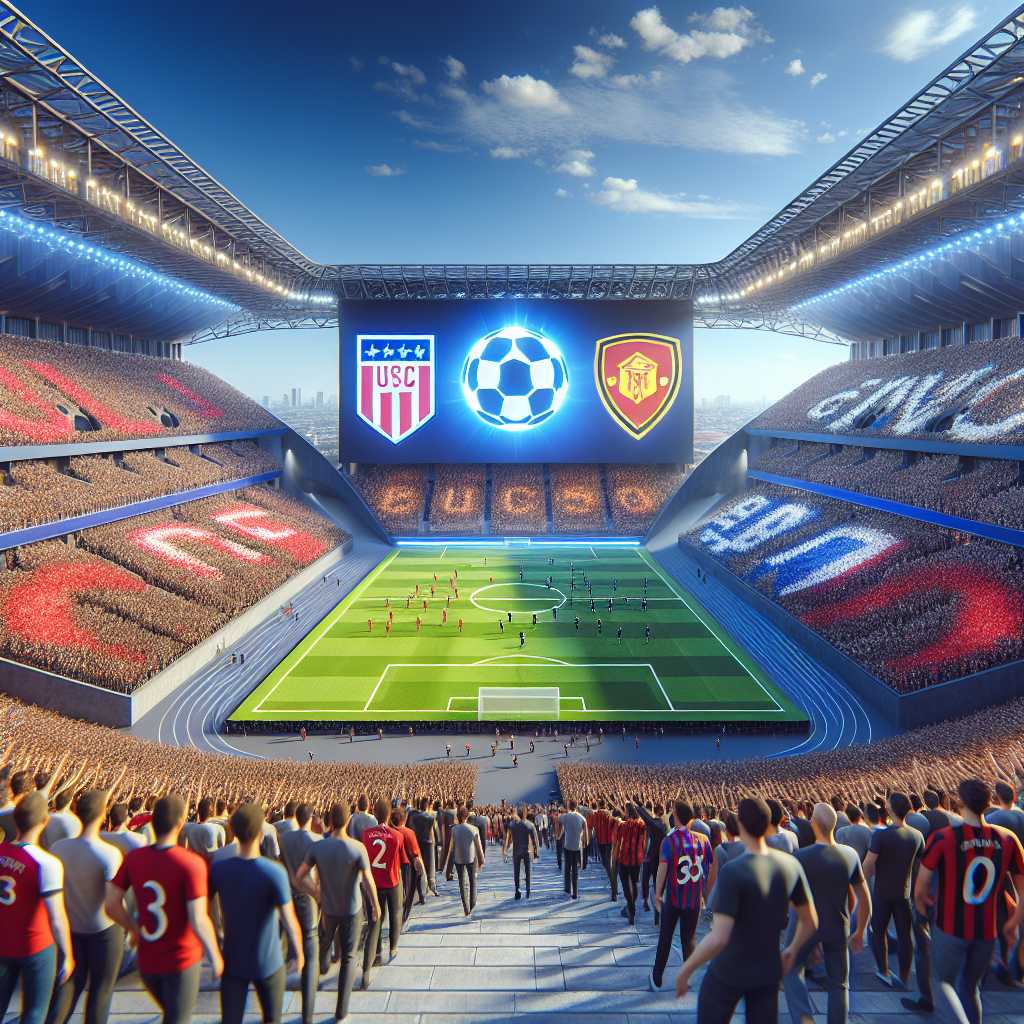The Comprehensive Guide to MetLife Stadium
MetLife Stadium is a staple of American sports and entertainment, serving as a prime venue for significant events including professional football games, concerts, and other large gatherings. Located in East Rutherford, New Jersey, it is the home field for two National Football League (NFL) teams – the New York Giants and the New York Jets. This article will delve into the various aspects of MetLife Stadium, exploring its history, design, features, and the range of events it hosts.
History and Construction of MetLife Stadium
The construction of MetLife Stadium marked a major advancement in stadium designs when it replaced Giants Stadium, which had been home to the New York Giants since 1976, and subsequently to the New York Jets since 1984. The desire for a state-of-the-art facility that could satisfy the demands of modern sports franchises and their fans was key to the project’s inception.
Announced in 2005 and opened in 2010, MetLife Stadium came with a hefty price tag of approximately $1.6 billion, making it one of the most expensive stadiums ever built at the time. It is unique in that it is the only NFL stadium shared by two franchises as equal partners. This joint tenancy required a design that could easily interchange the branding and colors of either team.
Architectural Design and Features
MetLife Stadium stands out due to its contemporary architectural design. The stadium’s exterior is clad in aluminum louvers and features large-scale LED displays promoting upcoming games and events. With a seating capacity of 82,500, it ranks among the largest stadiums in the National Football League.
The facility offers cutting-edge technology with numerous high-definition video screens and sound systems that enhance the spectator experience. Furthermore, it includes multiple club spaces and luxury suites that cater to VIP audiences demanding comfort and exclusivity.
Sustainability was also a consideration when designing MetLife Stadium. Initiatives such as recycling programs, an efficient lighting system, and efforts to reduce water consumption were implemented to minimize environmental impact.
Sporting Events and Importance in Athletics
Beyond being home to the Jets and Giants, MetLife Stadium has hosted pivotal sporting events over the years. Notably, it was chosen as the venue for Super Bowl XLVIII in 2014, which was historic as the first Super Bowl played in an outdoor stadium in a typically cold-weather environment during the winter season.
The stadium has likewise staged numerous international soccer matches featuring prominent teams from around the globe as part of tournaments like the Copa America Centenario and International Champions Cup. Furthermore, college football games are hosted here, expanding its influence within American sports culture.
Entertainment Hub: Concerts and Other Non-Sporting Events
MetLife Stadium transcends sports as a versatile venue for concerts and entertainment events as well. It has accommodated top-billing artists such as Bruce Springsteen, U2, and Beyoncé, thanks to its high seating capacity and strategic location within the tri-state area.
Stadium tours also offer visitors a behind-the-scenes look at an architectural marvel that doubles as an entertainment powerhouse. These tours often provide insights into areas typically off-limits during game days or concerts, including exclusive club spaces and luxury suites.
Economic Impact on Local Community
Situated within the Meadowlands Sports Complex, MetLife Stadium also extends economic benefits to its surrounding region. Events at this colossal facility attract thousands of fans who spend at local hotels, restaurants, and other businesses — reinforcing the stadium’s role as a regional economic engine.
Jobs related to service, security, food and beverage concessions, merchandise sales, and other event-specific occupations surge during active seasons. The ripple effect from these occupations helps drive economic stability within East Rutherford and neighboring communities.
The stadium’s central location further asserts positive effects on public transit operations by utilizing pre-existing infrastructure to move multitudes of visitors efficiently through nearby highways and New Jersey Transit systems. This accessibility ensures that fans from broader distances can participate in events without overburdening local traffic significantly.
Renovations and Future Developments
In order to maintain its status as a top-tier venue, MetLife Stadium continuously looks at upgrades; whether integrating higher bandwidth Wi-Fi networks for improved fan connectivity or bringing forward structural improvements that will augment both safety standards and visitor comfort.
Looking ahead into future advancements may also include transformative measures like embracing fully cashless transactions within concourse areas and potentially installing more energy-efficient installations that support evolving sustainability best practices.
Notes
Image Description:
A wide-angle shot capturing the imposing facade of MetLife Stadium with prominent LED screens displaying both the New York Giants and New York Jets logos. Streams of fans are pictured entering its grandiose gates beneath a bright blue sky on a bustling game day.
